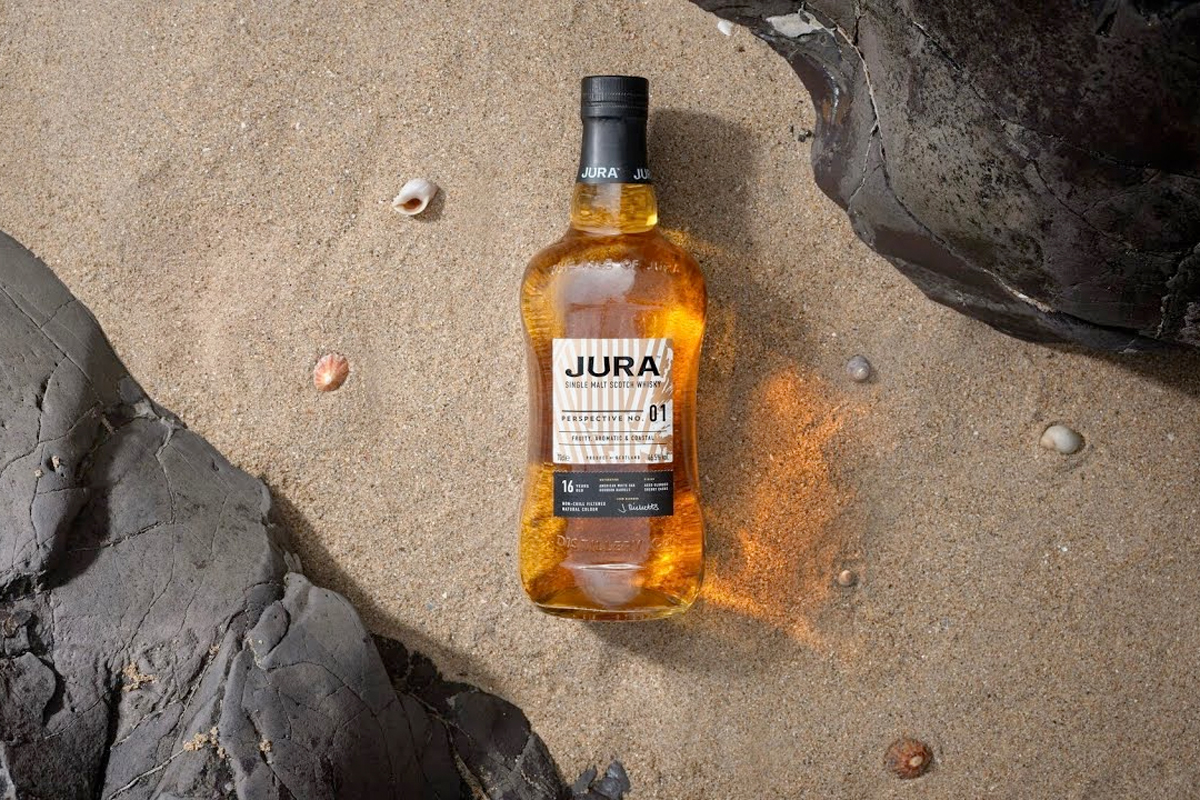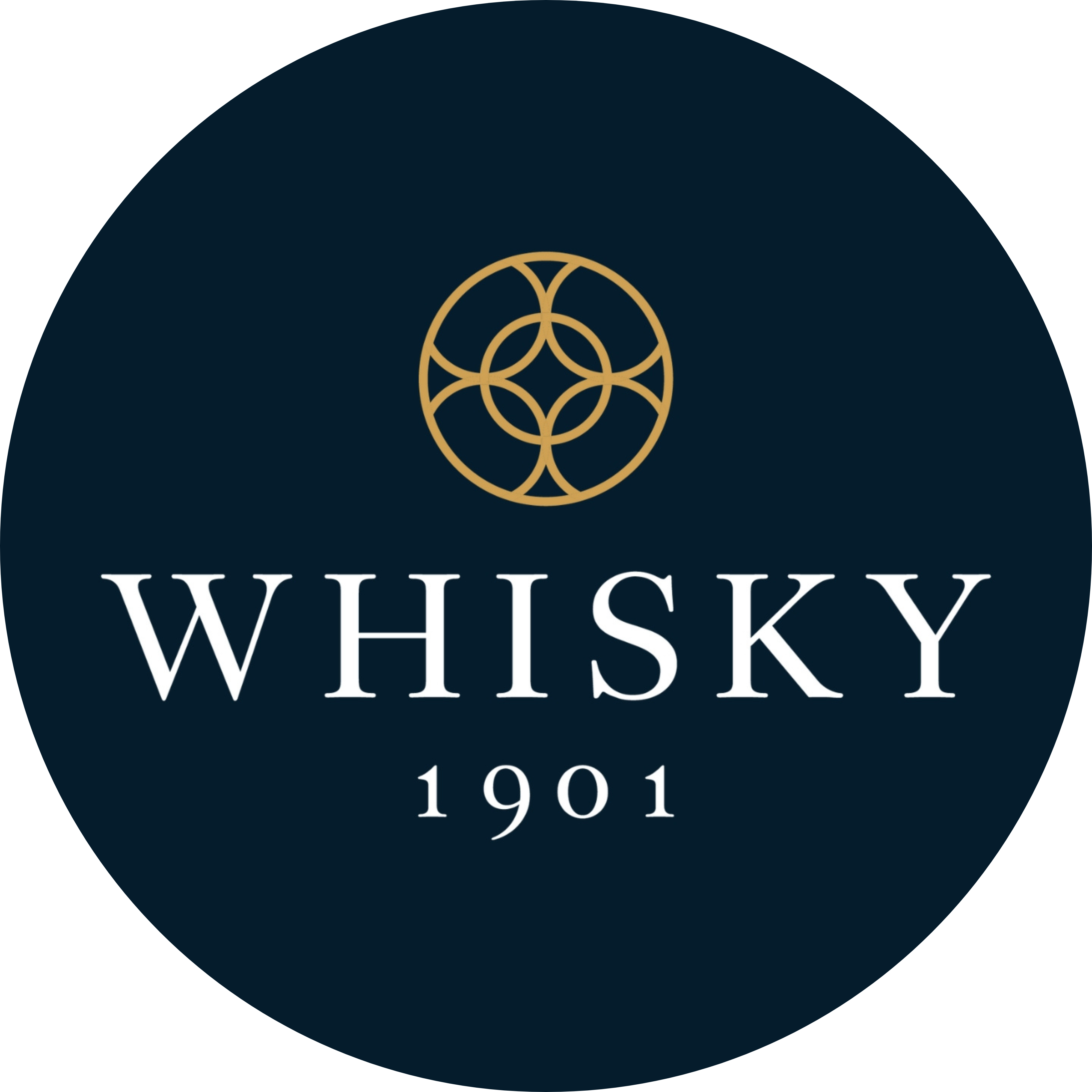A Bit of History
The Jura distillery was founded in 1810 by Archibald Campbell. It is in the village of Craighouse and was originally named as Small Isles distillery. This is in reference to the numerous small islands and rocks in Craighouse Bay that the distillery overlooked. Small Isles operated for ninety years before closing in 1901 but would not reopen until over sixty years later.
In 1960, the distillery was resurrected by two local landowners – Tony Riley-Smith and Robin Fletcher. The original buildings were in disrepair, so a new distillery was built on the same site. Renowned distillery architect William Delmé-Evans was commissioned to design it. Only then was it named as Jura distillery. The first new spirit was produced in 1963.
Thirty years later Whyte & Mackay purchased Jura in 1993. They remain the owners today. Whyte & Mackay became part of the Emperador Inc. group in 2014. It is under Whyte & Mackay’s ownership that the distillery and brand of Jura has flourished. They have taken it from an obscure island single malt to one of the world’s best-selling and most individual Scotch whiskies.
Background
Jura is known for its lightly smoky style of single malt. This smoke is gentle and soft, rather than punchy and heavy like those from the neighbouring island of Islay. This lightly smoky style is achieved by marrying non-peated and peated spirit together after maturation. The spirit has a malty, medium bodied feel.
This works well with a variety of cask types, and this is shown in the core range. It consists of three no age statements – the French Oak, Journey and Seven Wood (a marriage of seven different cask types) – and several age statements. These are joined by special limited editions and rare vintage releases, plus four travel retail exclusives.
Prior to its recent success, Jura single malt was largely used within blends. This was particularly true once Whyte & Mackay took control of the distillery and maturing stocks in the early 1990s. They used it to add structure and a hint of smoke to their flagship blend – the Whyte & Mackay Triple Matured.
The Geeky Bit
Jura is notoriously a difficult place to make whisky. Despite being close to the mainland, it feels remote. Everything must be brought over on two ferries, via Islay. This includes the malted barley, barrels and other equipment, plus staff. Its electricity also comes via a cable from the mainland.
The distillery is equipped with a 5-tonne mash tun, which runs 28 mashes per week. The mash is fed to one of six stainless steel washbacks and fermentation is 60 hours. There are two pairs of copper pot stills. These are the second tallest in Scotland, behind those at Glenmorangie in the north Highlands. The annual capacity is 2.4 million litres.
Jura spirit is traditionally non-peated, although for short periods each year they use peated malt. The two spirit types are married after ageing and prior to bottling to create a lightly peated style that Jura is famous for.
One To Buy | Jura 16 Years Old Perspective No.1
The first in a new series of single malts from Jura that was released late last year. The whisky has been matured in a classic combination of ex-bourbon and ex-Oloroso sherry casks. It is bottled at 46.5% ABV and is both non-chill filtered and of natural colour.
Expect notes of vanilla toffee, baked apple and dried fruit, especially raisin and candied orange peel. These are supported by dried apricot, toasted hazelnut and heather honey, which are all wrapped in a gentle wisp of soft peat smoke.





